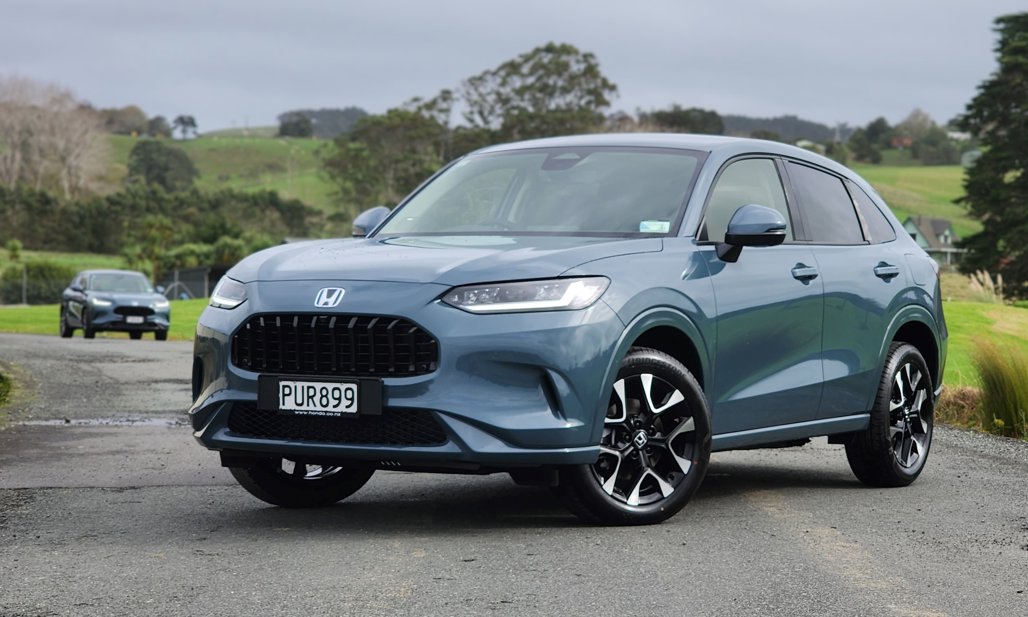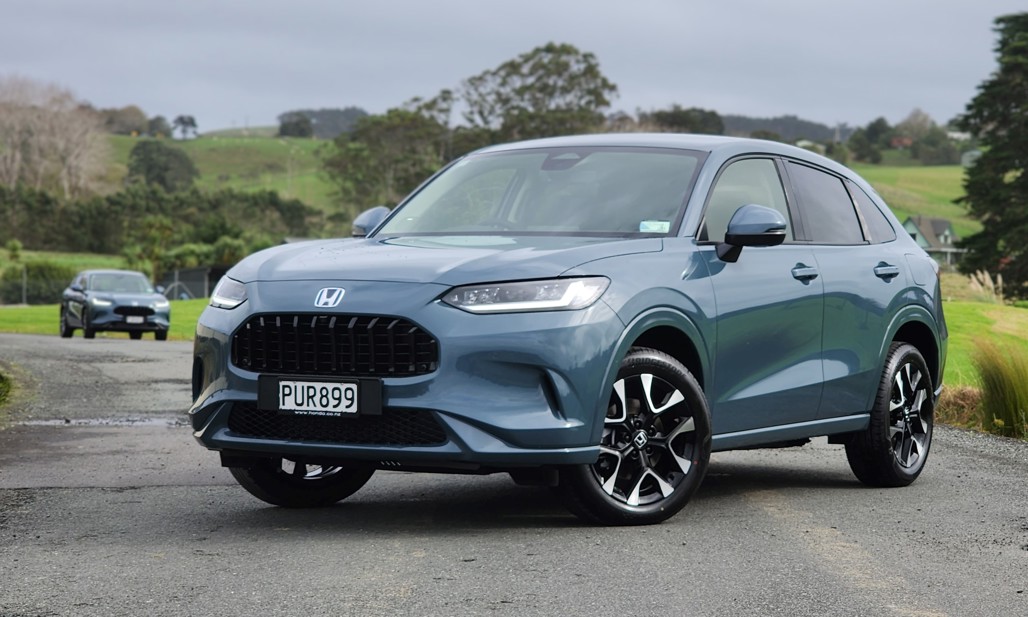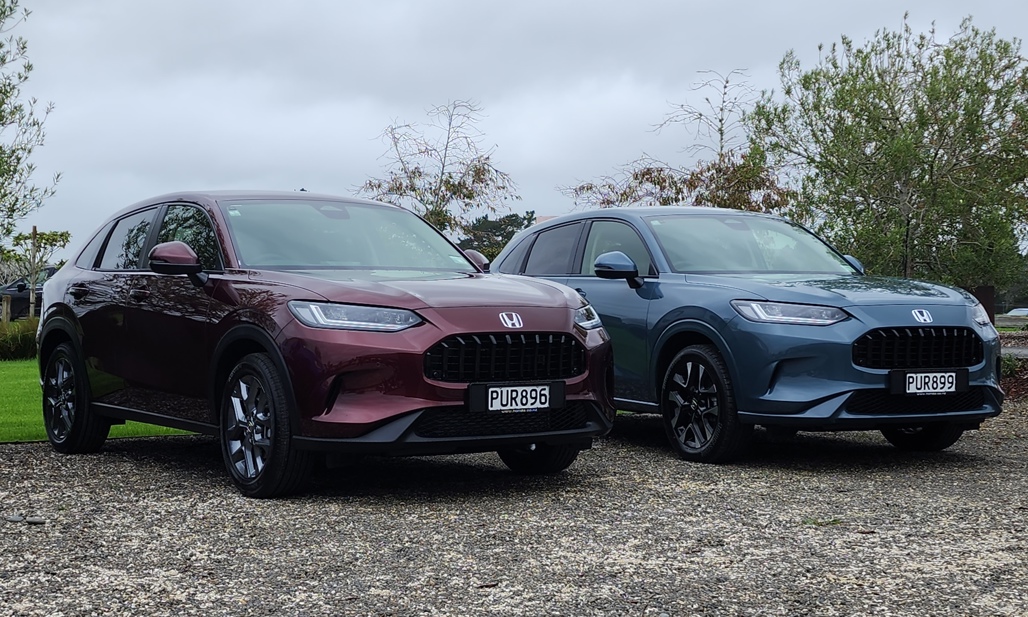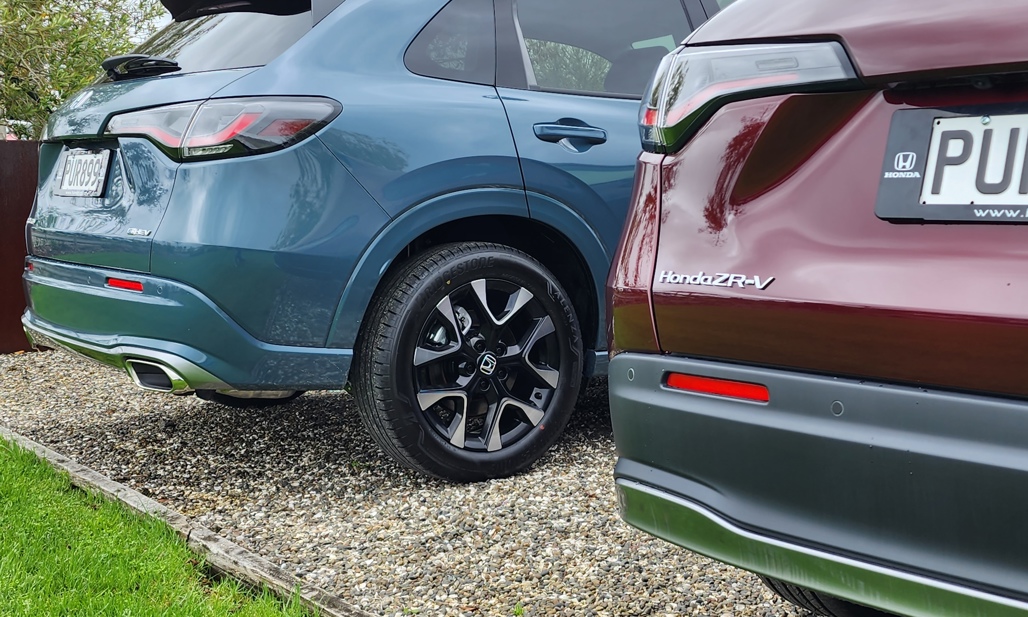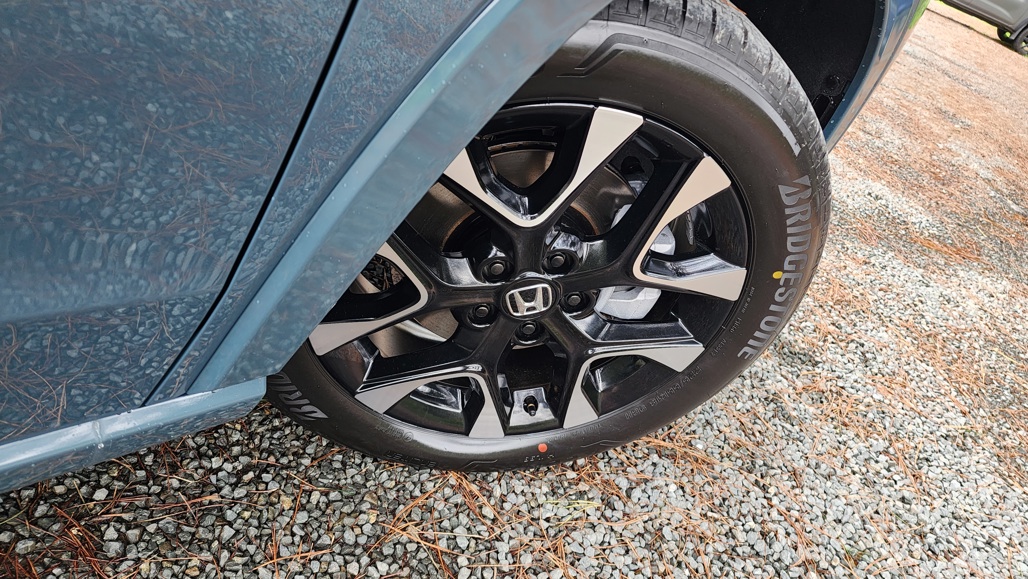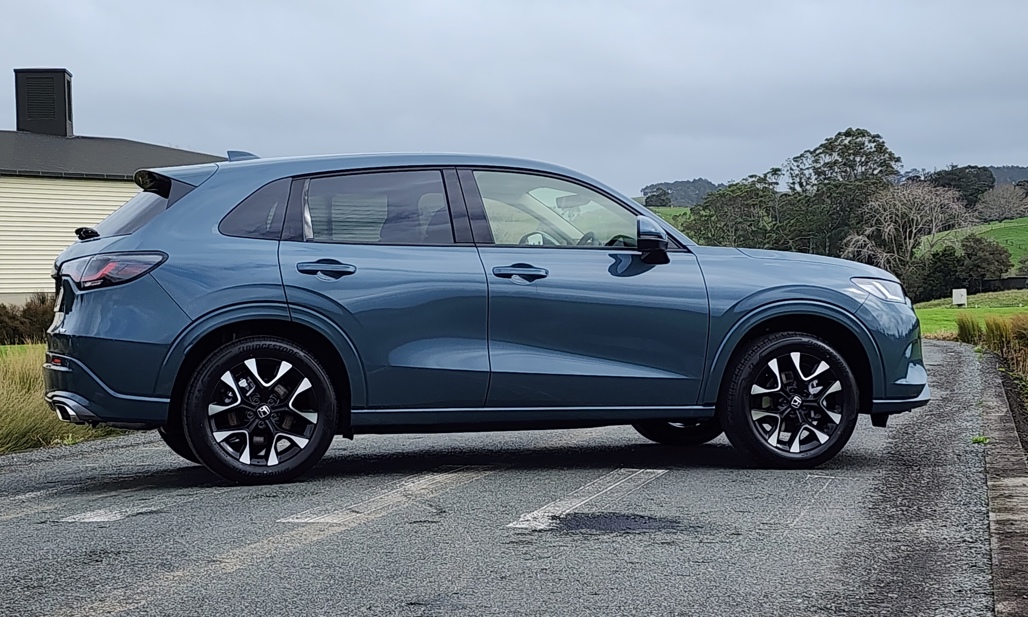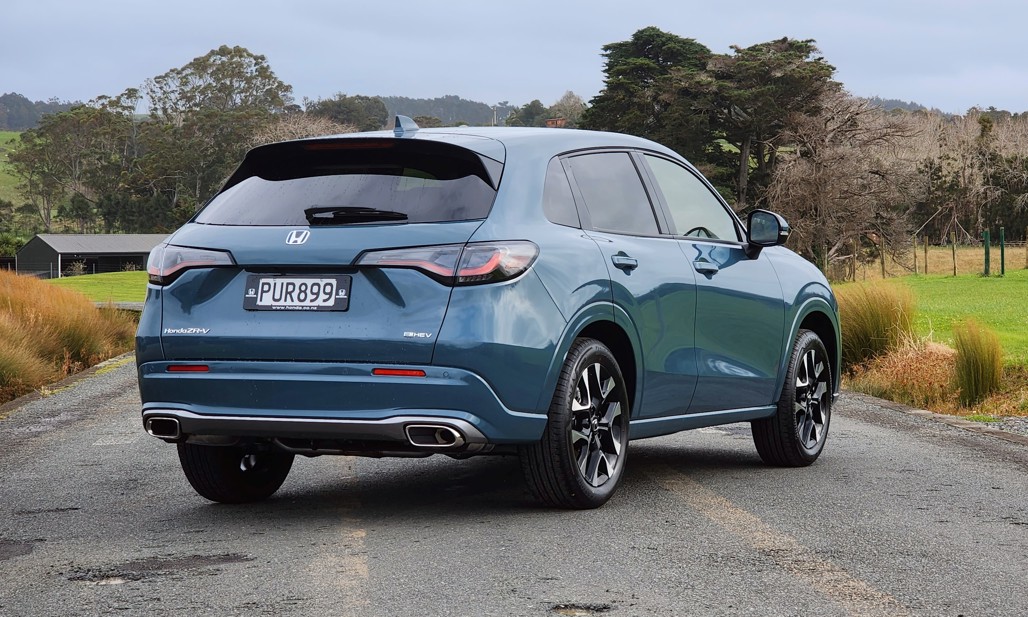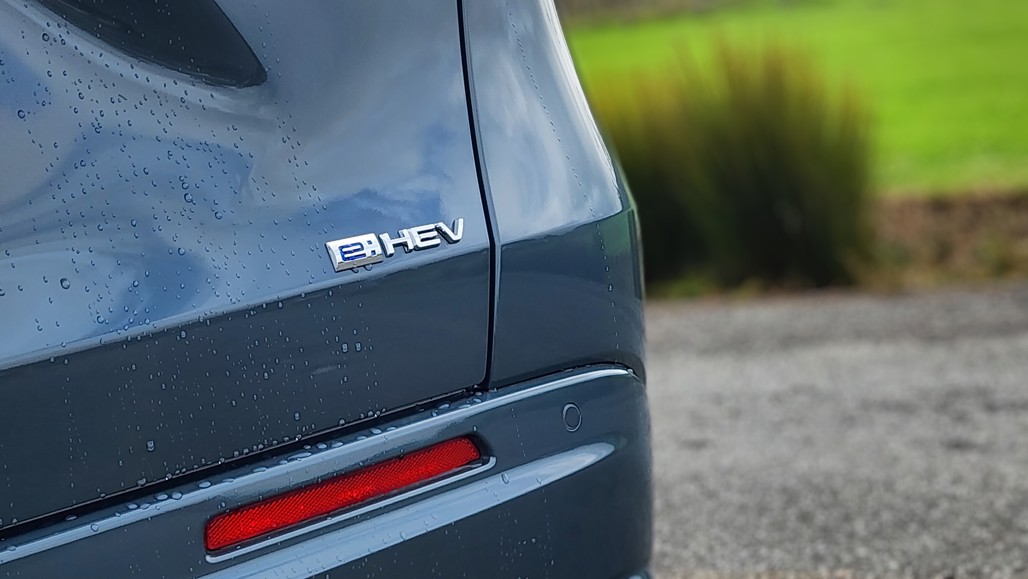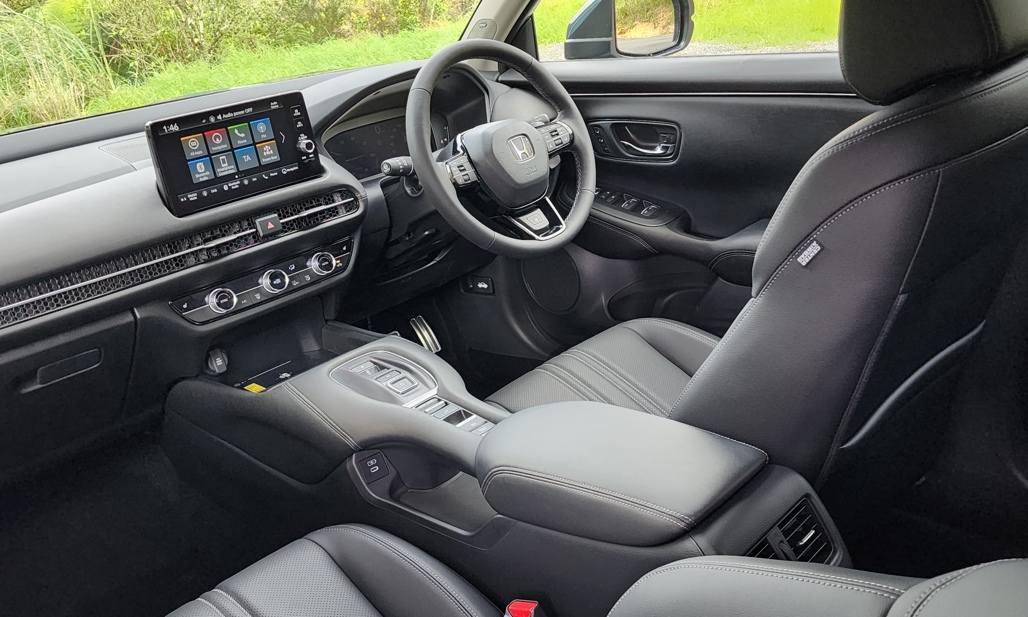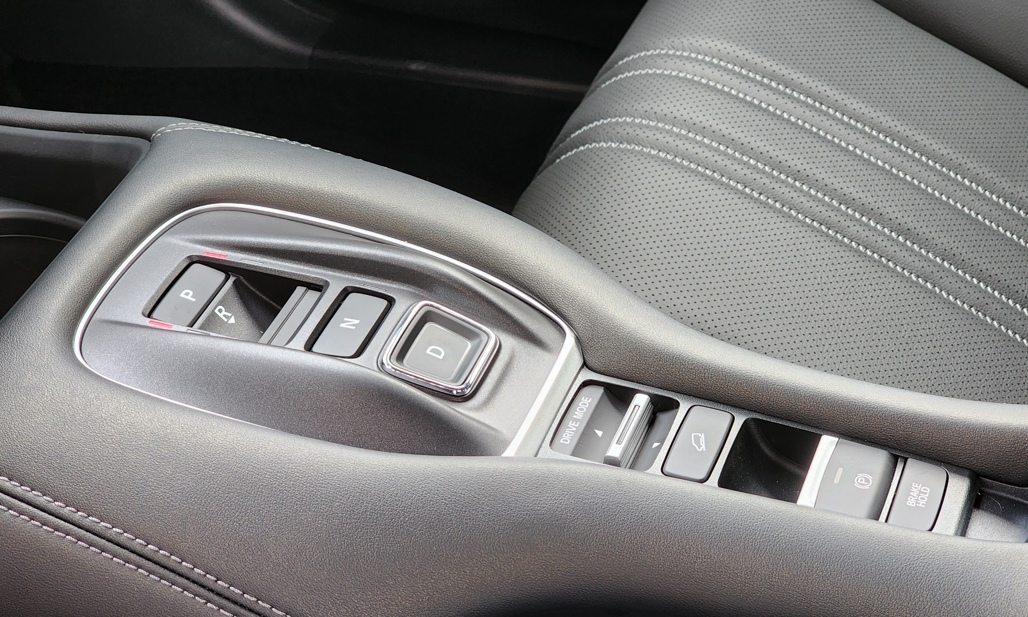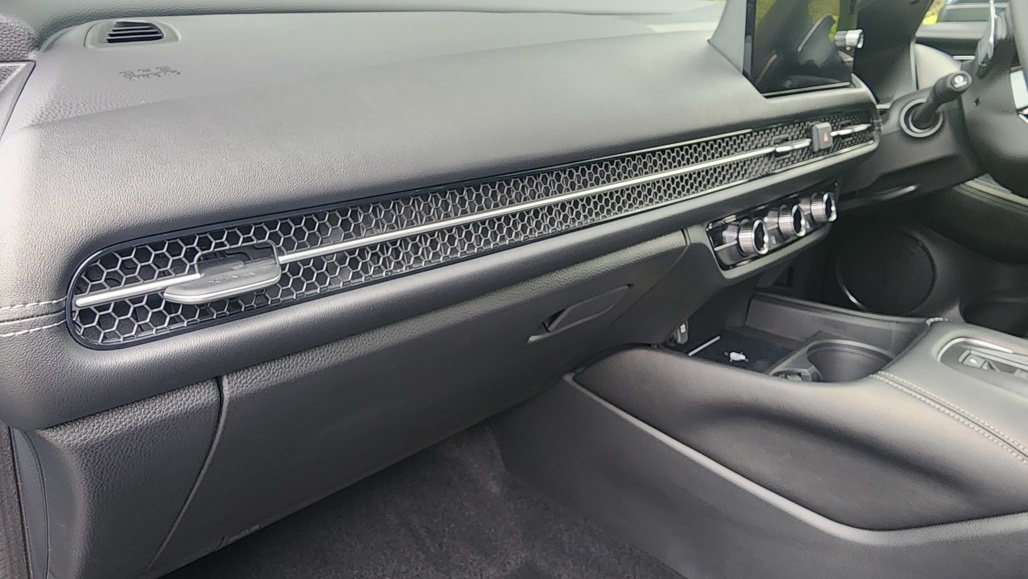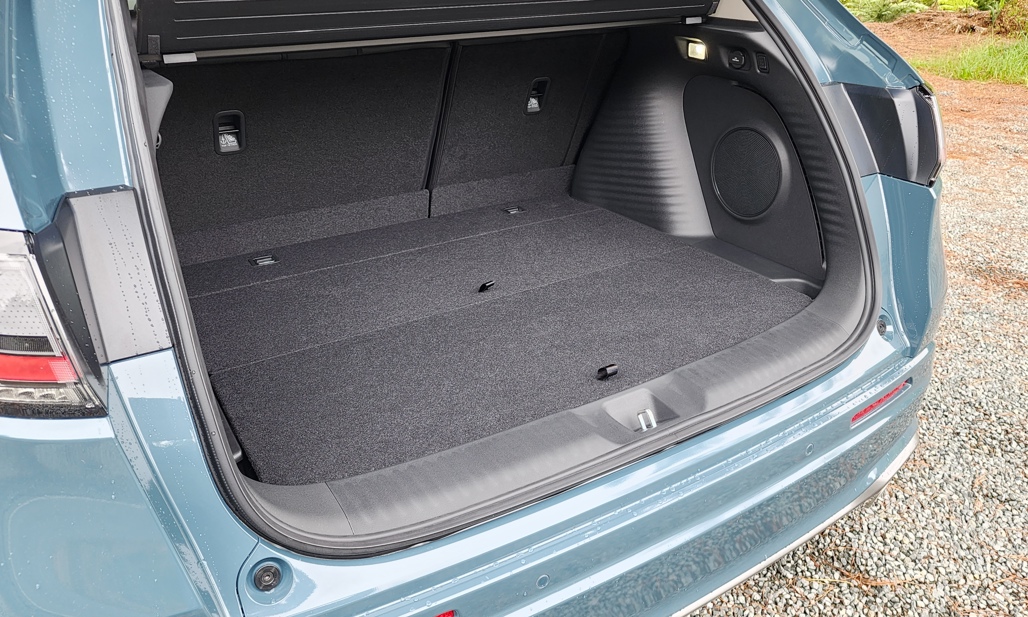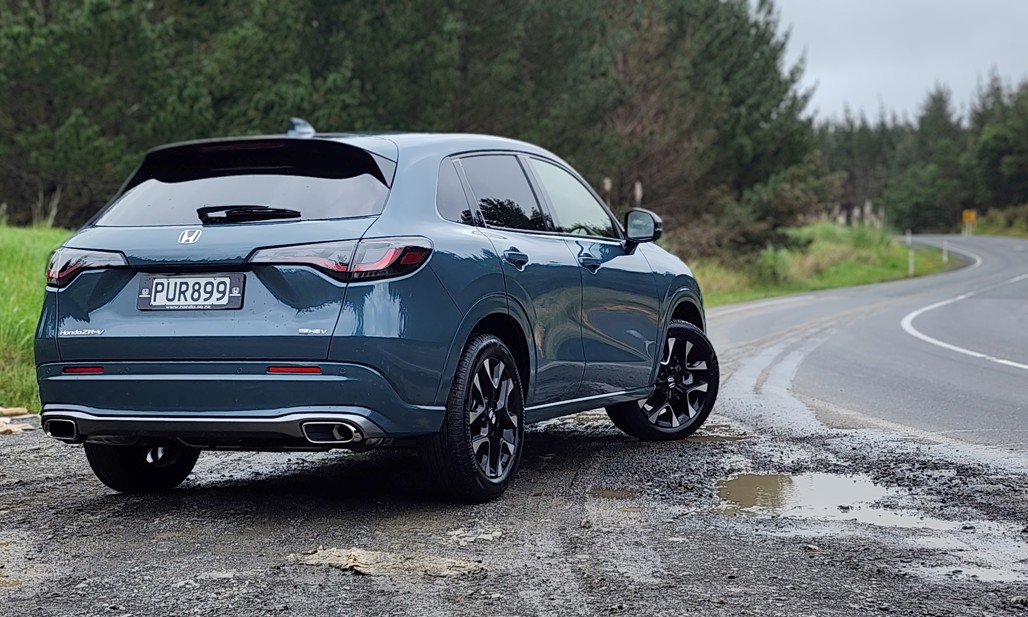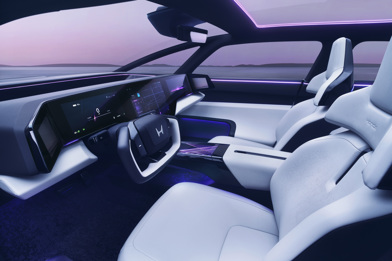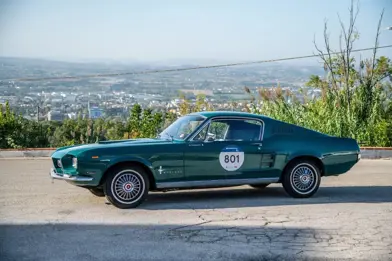At the risk of running in early and throwing green ticks everywhere, the ZR-V really does feel like the start of something new for Honda. Even more so than the latest Jazz, which also pushed the brand’s boundaries significantly forward in terms of quality and technology, with the e:HEV hybrid powertrain.
ZR-V is a completely new thing for Honda New Zealand: a small-medium five-seat SUV that fits neatly in between the recently departed HR-V and CR-V size-wise. Actually, it’s shorter and narrower than CR-V, but the wheelbase is within 5mm. The HR-V is still relevant here, for reasons we'll get to a a minute.
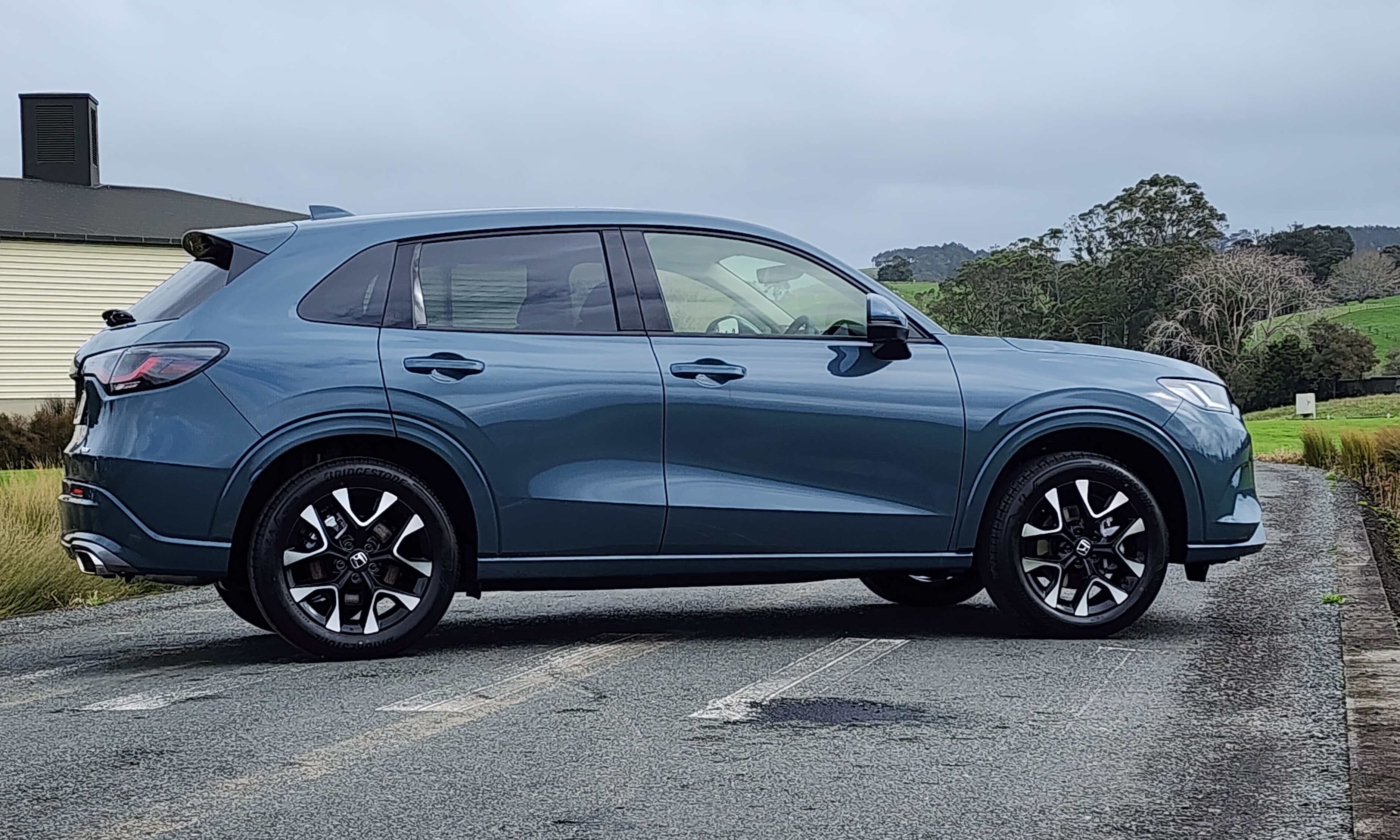
This in-between size means it straddles two segments; Honda NZ sees competitors ranging from the Mitsubishi Eclipse Cross to the Toyota RAV4.
The ZR-V comes in two models: the Turbo, with the same 1.5-litre (turbo, obviously) engine as the CR-V, or the flagship Sport e:HEV, with a 2.0-litre version of the Honda hybrid setup we’ve already seen in the 1.5-litre Jazz.
The Turbo is $47,000, the Sport e:HEV $55,000, although the difference isn’t just down to the powertrains. The hybrid is a higher-specification machine, including leather upholstery (part-leather in the Turbo), uprated audio, bird’s eye camera, and slightly different exterior finish.
In truth, you’ll be hard pressed to tell them apart without seeing the tailgate badges. The Turbo has single-colour grey alloys, while the e:HEV wears more blingy machined black rims. If you look really closely, you’ll note the Turbo has black wheelarch trims and a black rear bumper insert, both of which are painted body-colour on the Sport e:HEV.
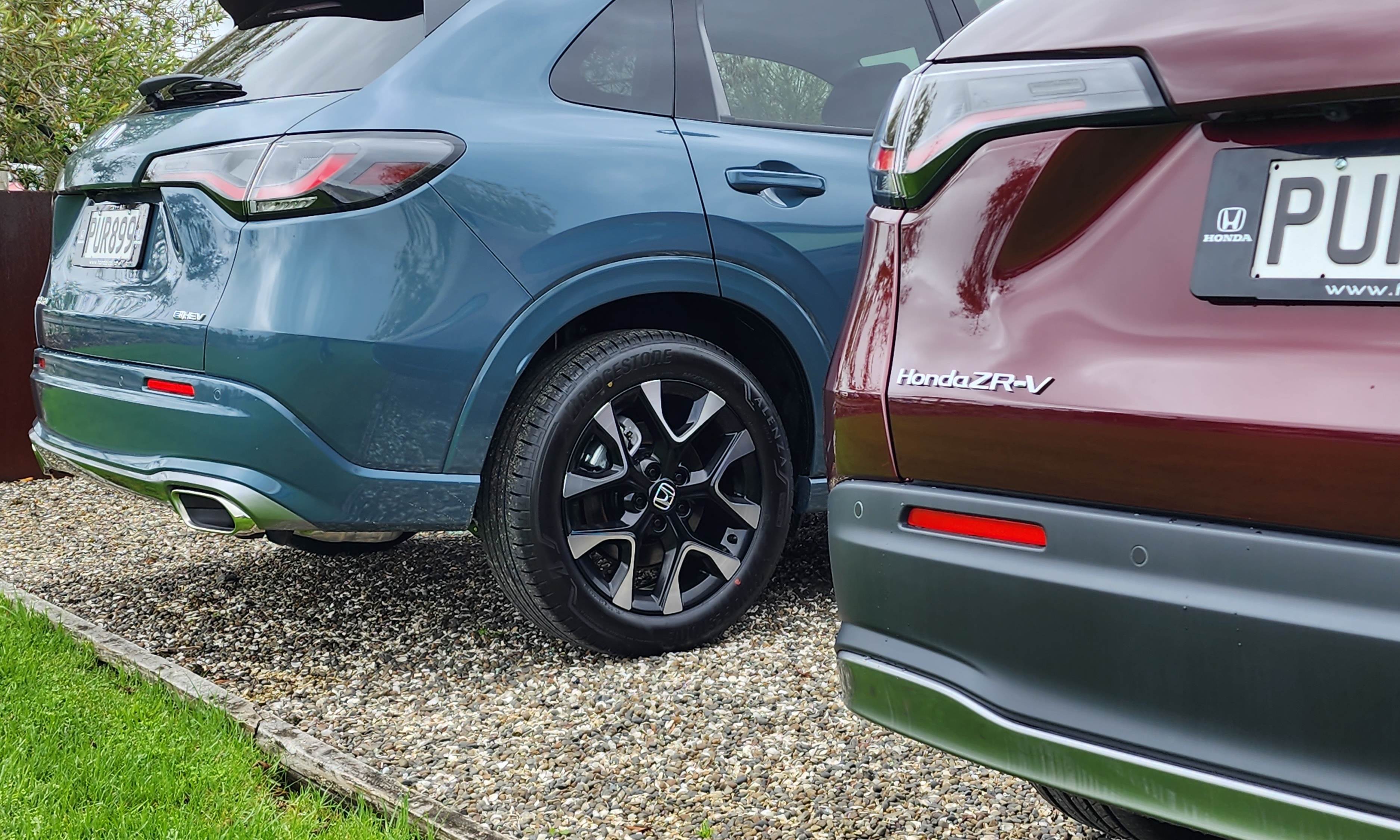
Weirdly, the Turbo (above right) has a flush rear bumper, whereas only the Sport e:HEV (above left) has visible dual exhaust outlets.
The ZR-V introduces quite a bit of new tech for Honda. There are some clever comfort/convenience features, like “reservation” locking for the driver’s door and tailgate. You can lock the driver’s door while others are still open, and they’ll lock when they are closed; or you can press close on the power tailgate in advance, and it will lower when you walk away with the keys.
ZR-V is also the first “live” car for Honda NZ, with Honda Connect services (via a phone app) including remote lock/unlock, engine start and climate pre-conditioning, auto collision detect (it will alert an AA call centre and ultimately emergency services in an accident), service alerts and convenience features like geofencing - warning owners if family members stray outside a designated area or exceed a certain speed, for example.
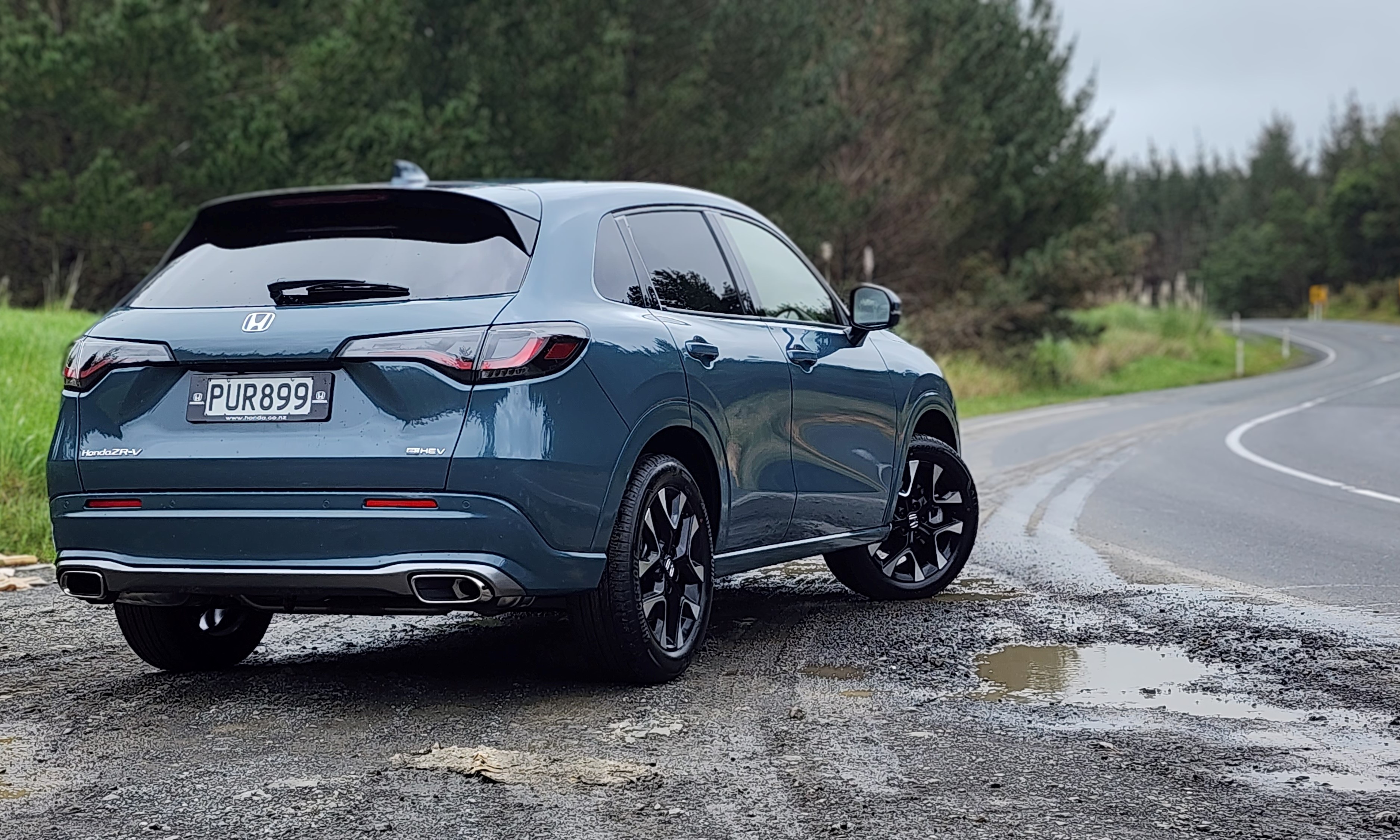
All good stuff in the long run, but what’s immediately apparent about the ZR-V is that it’s a good drive. We tried the Turbo back-to-back on a short open-road loop with the current CR-V – same engine, same wheelbase, remember – and it’s night and day in terms of steering precision, chassis stability at speed and refinement.
You might think the Turbo would appeal more to the keen driver, but in fact the Sport e:HEV takes things up a notch. More power of course – 130kW/240Nm for the former versus 134kW/315Nm for the latter – but the hybrid is also simply a more enjoyable SUV to drive.
The e:HEV tech works in a similar way to the powertrain in the Jazz, with the 104kW/182Nm petrol engine acting as a range extender, feeding the battery and electric motors. It’s the electric motor actually driving the wheels most of the time, meaning it can achieve some impressive urban eco-antics.
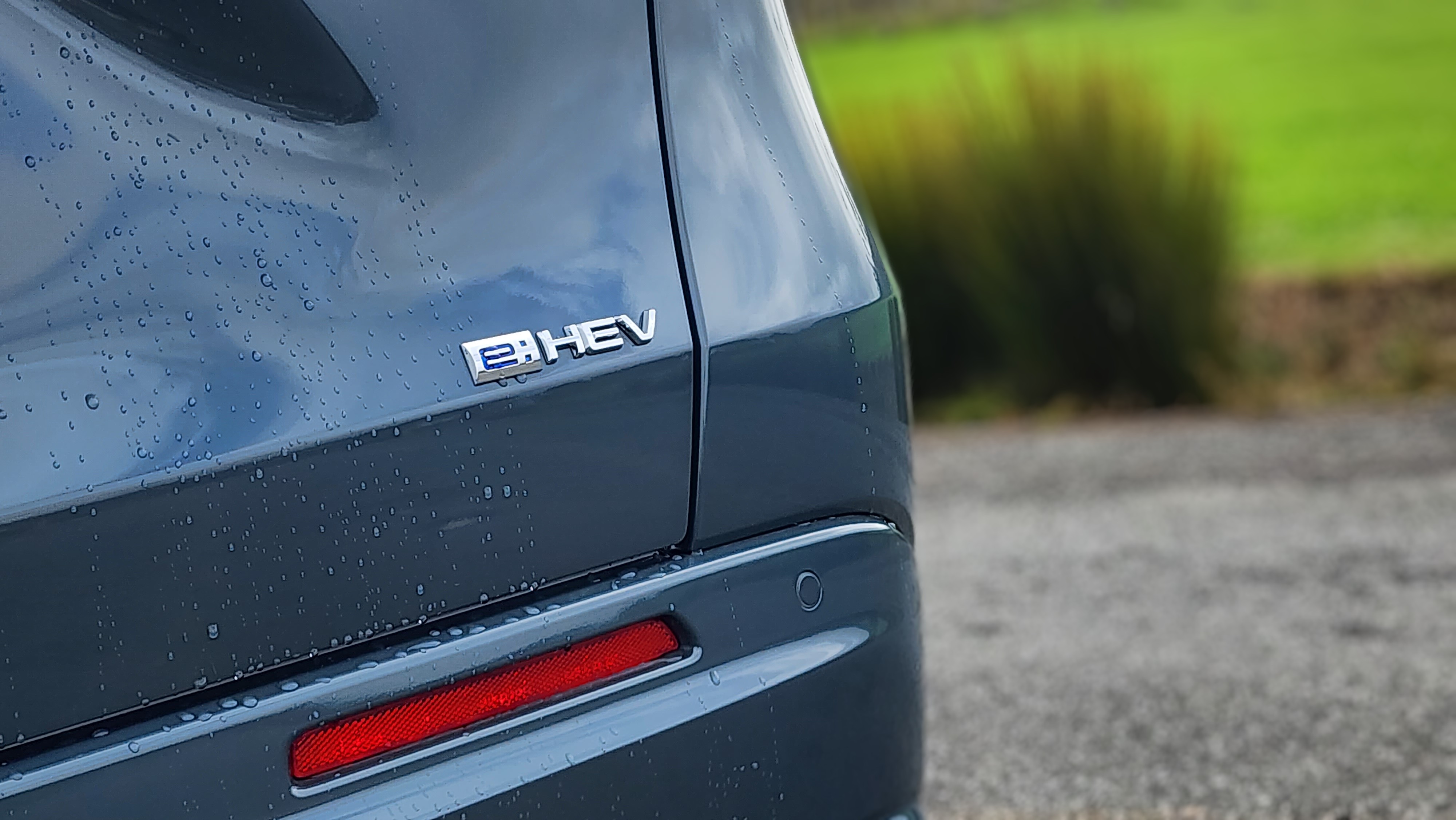
But the powertrain also delivers a spirited drive at speed, because the e-CVT operates in a “stepped” way that simulates gearchanges. You don’t suffer the disconnect between engine revs and performance progress that’s so often a characteristic of CVT. It has a very different character to the dual-clutch gearbox of the Jazz e:HEV, which is great in town but still tends to flare under duress. Which is weird, because you'd think it would be the other way around.
The ZR-V is closest to Civic in terms of size and platform technology, and it shares some of its interior architecture with Honda’s small hatch: very classy and some familiar styling cues, including the textured panel that runs across from the passenger’s side and incorporates the ventilation outlets.
One key difference between Turbo and Sport e:HEV is the gear-selection hardware. The Turbo gets a conventional gearlever, while the Sport has pushbuttons; both have nicely tactile paddles, although they’re for CVT steps in the pure-petrol car and adjusting the braking/regen in the hybrid.
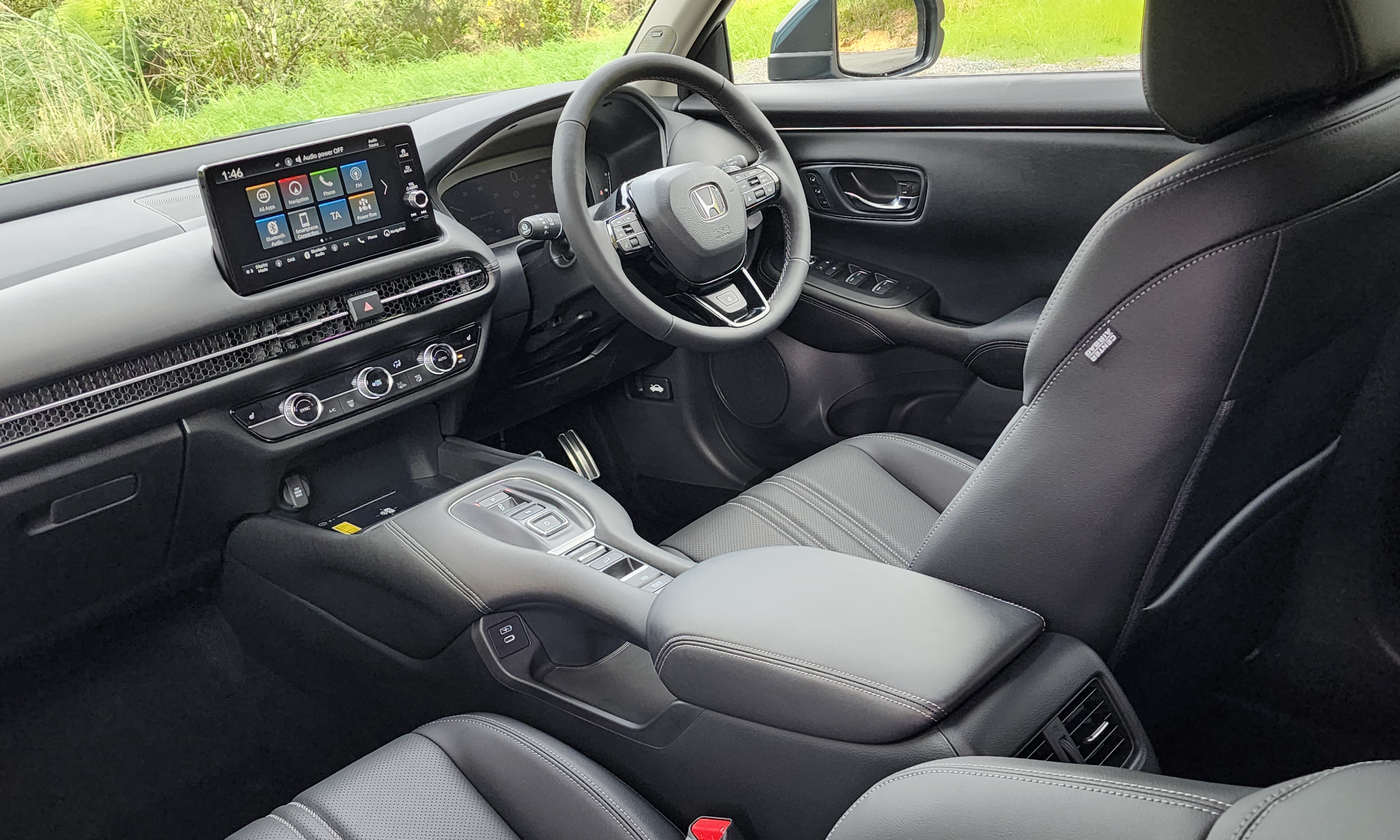
Only the Sport e:HEV has three drive modes on a rocker switch; the Turbo has a Sport mode for the transmission and a single eco-button on the centre console, but that’s it.
That long wheelbase means plenty of room in the back seat, even if the footroom under the front chairs is a bit tight. No volume figure is given for the boot, but it does fold pretty flat; what you don’t get is Honda’s signature Magic Seat configuration, as found in the smaller HR-V and larger CR-V.
Honda NZ is one of the brands that’ll be hit quite hard by the looming changes in the Clean Car Discount, because it does well with hybrids and has clean ICE cars… but no EVs. The ZR-V Sport e:HEV scores a $2130 rebate until July 1, but that’s likely to disappear when the new CCD rules come in. It’ll probably stay in the “zero band” after that.
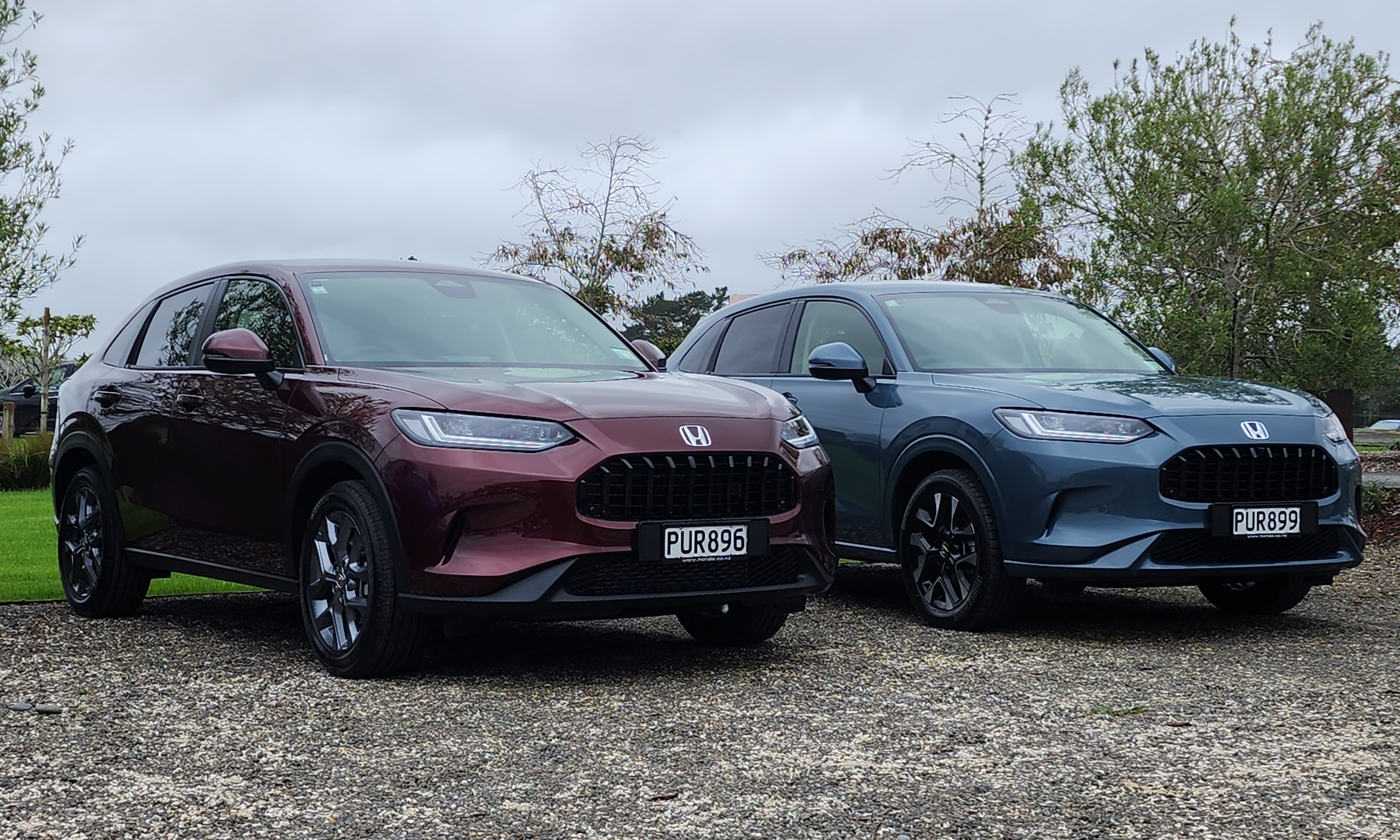
To answer the obvious question, Honda will have ZR-Vs to deliver before July. One shipment is already landed and there’s another due soon: nearly 300 cars (a mix of Sport and Turbo), although by the end of the media launch day this week the company was already holding 200 orders.
Honda NZ says it doesn’t have exact figures on rebates or fines for its cars post-July yet, but expects the Jazz e:HEV’s CCD to nearly halve from the current $3930 to around $2200. The ICE-powered Jazz Crosstar should claim neutral ground, but the company is expecting the rest of its petrol cars to cop a fine, from $1400 for a Civic to around $2500 for a CR-V.
There are more clean machines coming, though. Later this year we’ll see the all-new CR-V, with the same e:HEV powertrain as the ZR-V. In late-2024 there will also be an all-new HR-V, with similar styling to the ZR-V (albeit smaller) and the 1.5-litre e:HEV engine from the Jazz.
HONDA ZR-V
ENGINE: 1.5-litre turbo-petrol or 2.0-litre petrol with e:HEV hybrid system, dual electric motors
POWER: 134kW/240Nm (Turbo) or 135kW/315Nm (Sport e:HEV)
GEARBOX: CVT, FWD
CONSUMPTION: 5.5l/100km (Sport e:HEV)
PRICES: $47,000-$55,000

